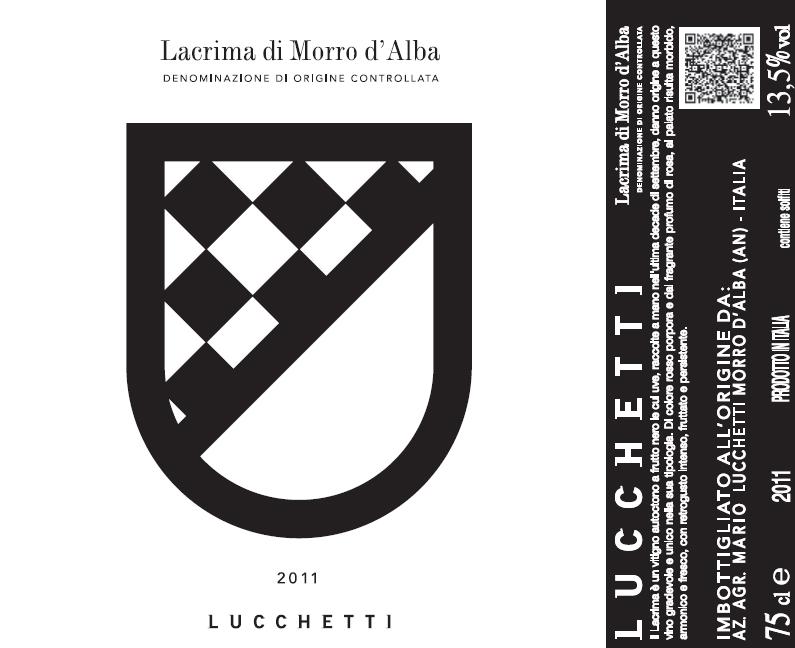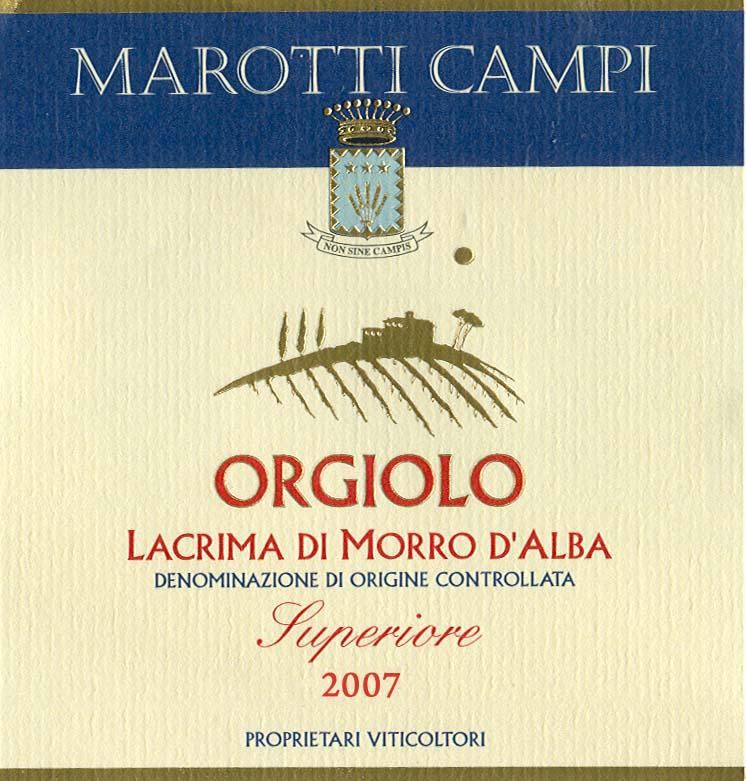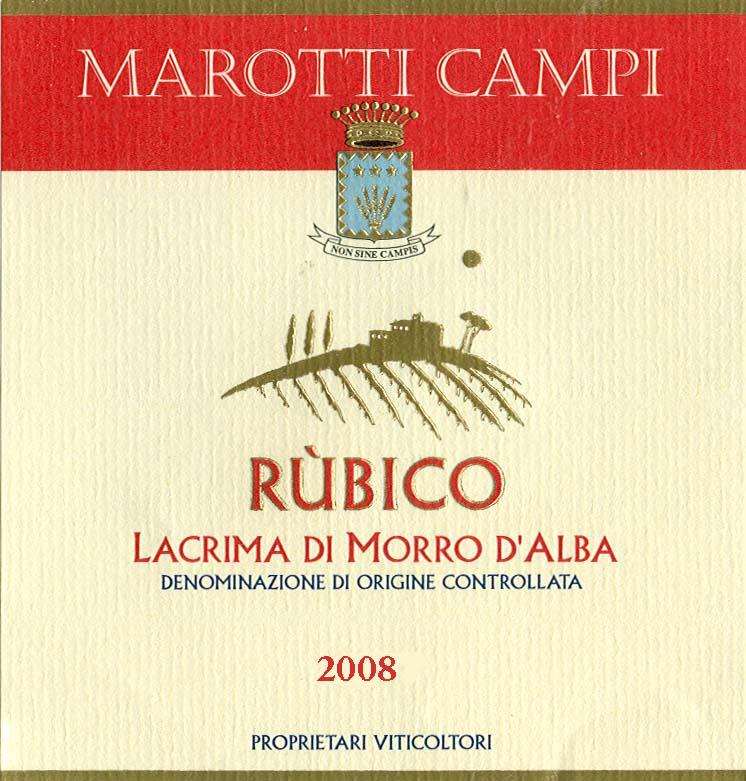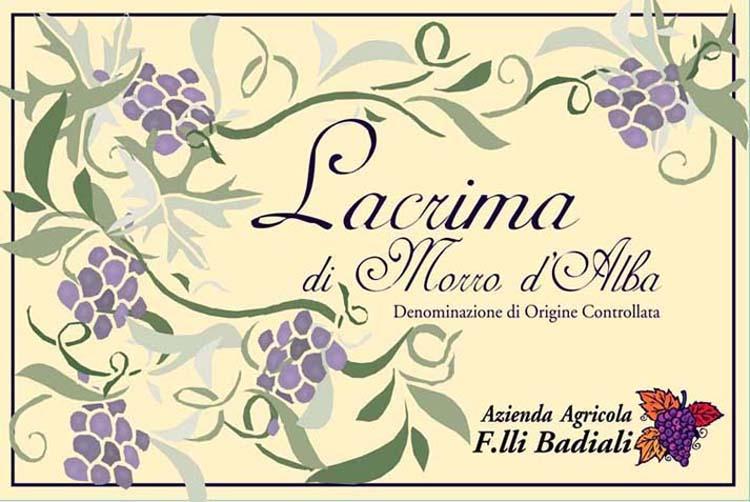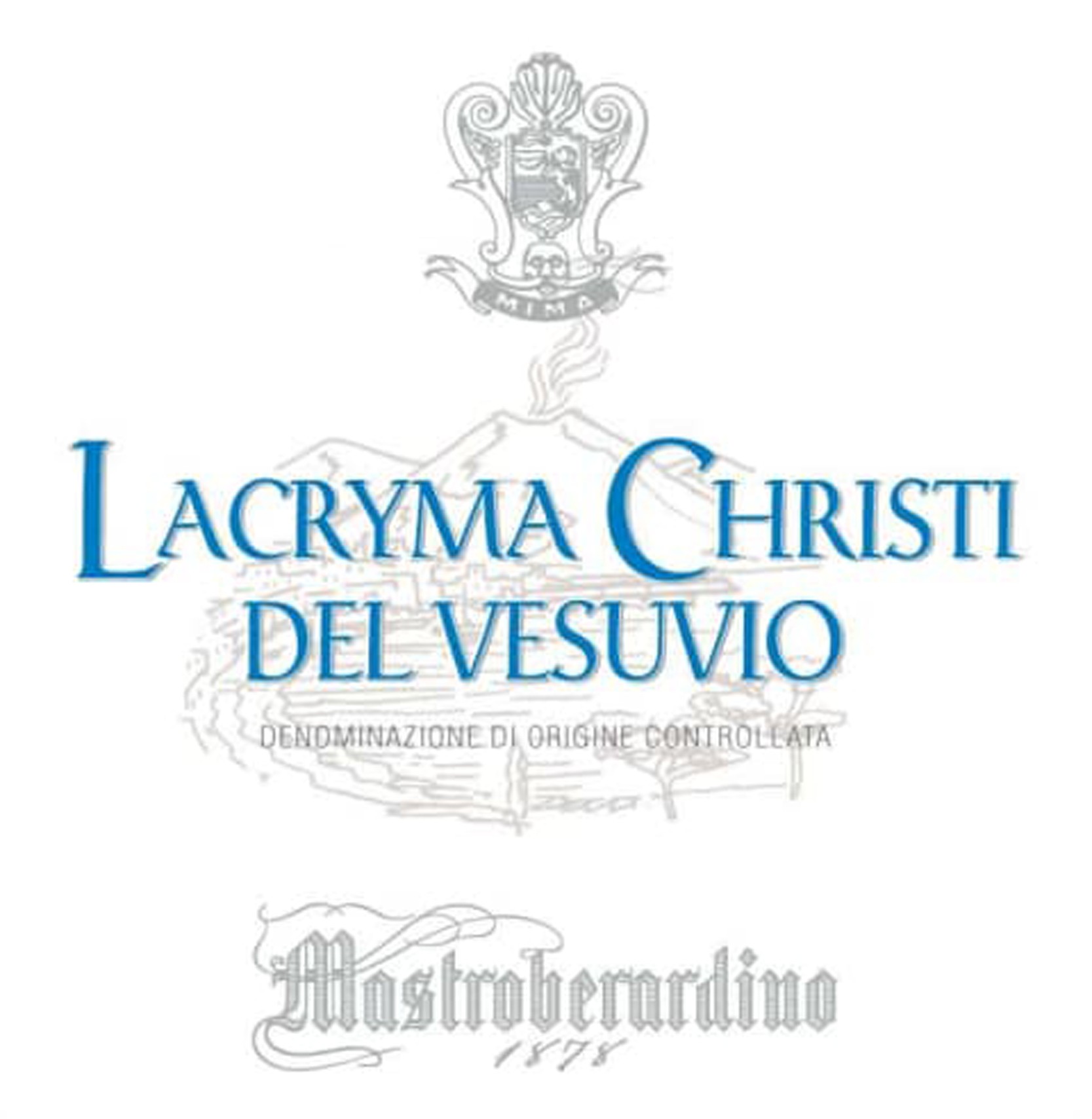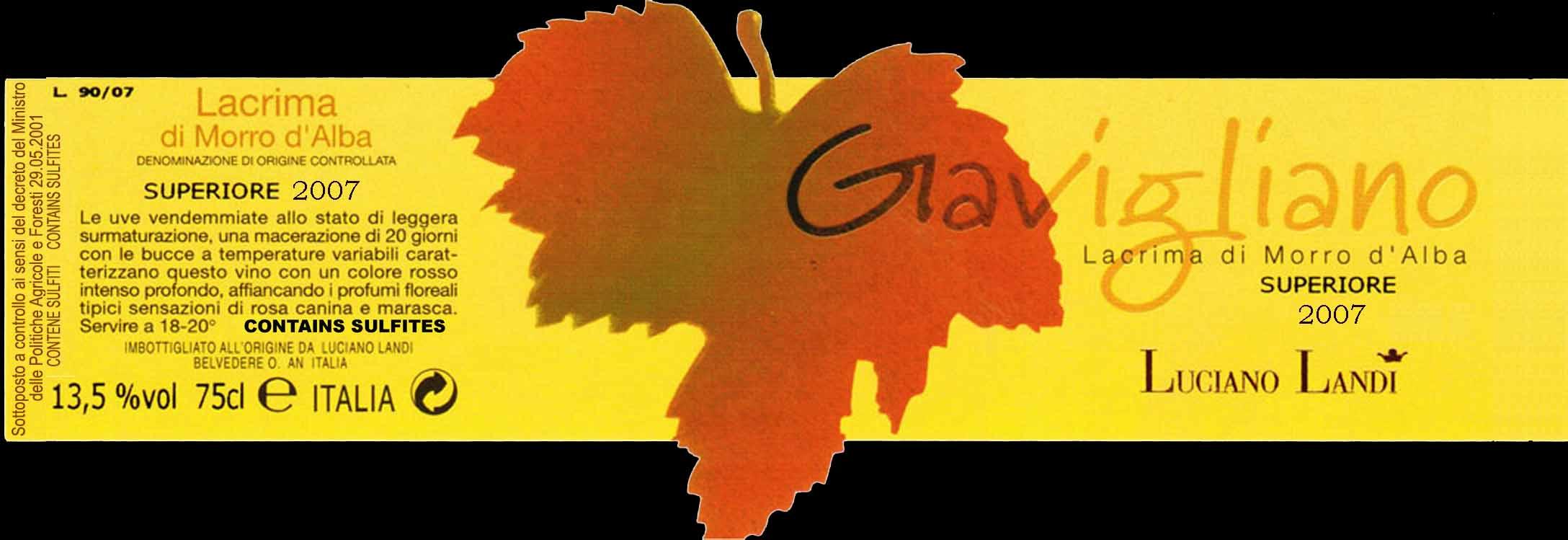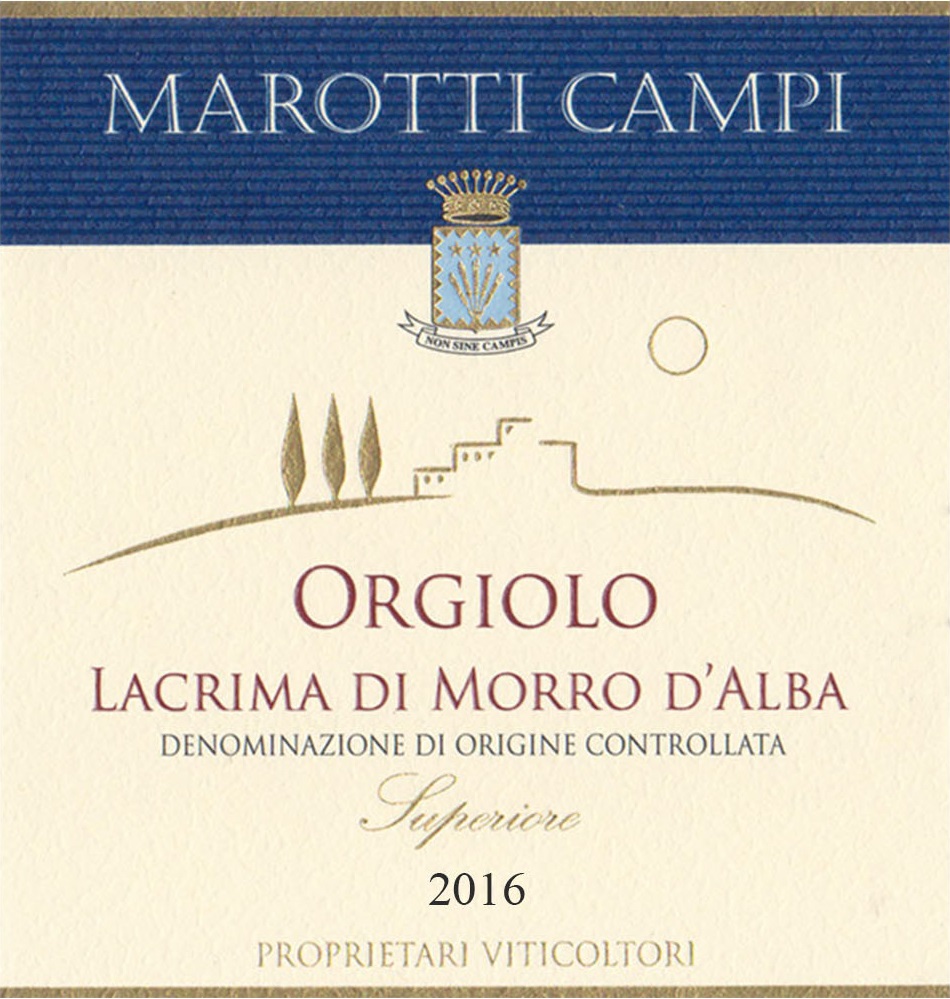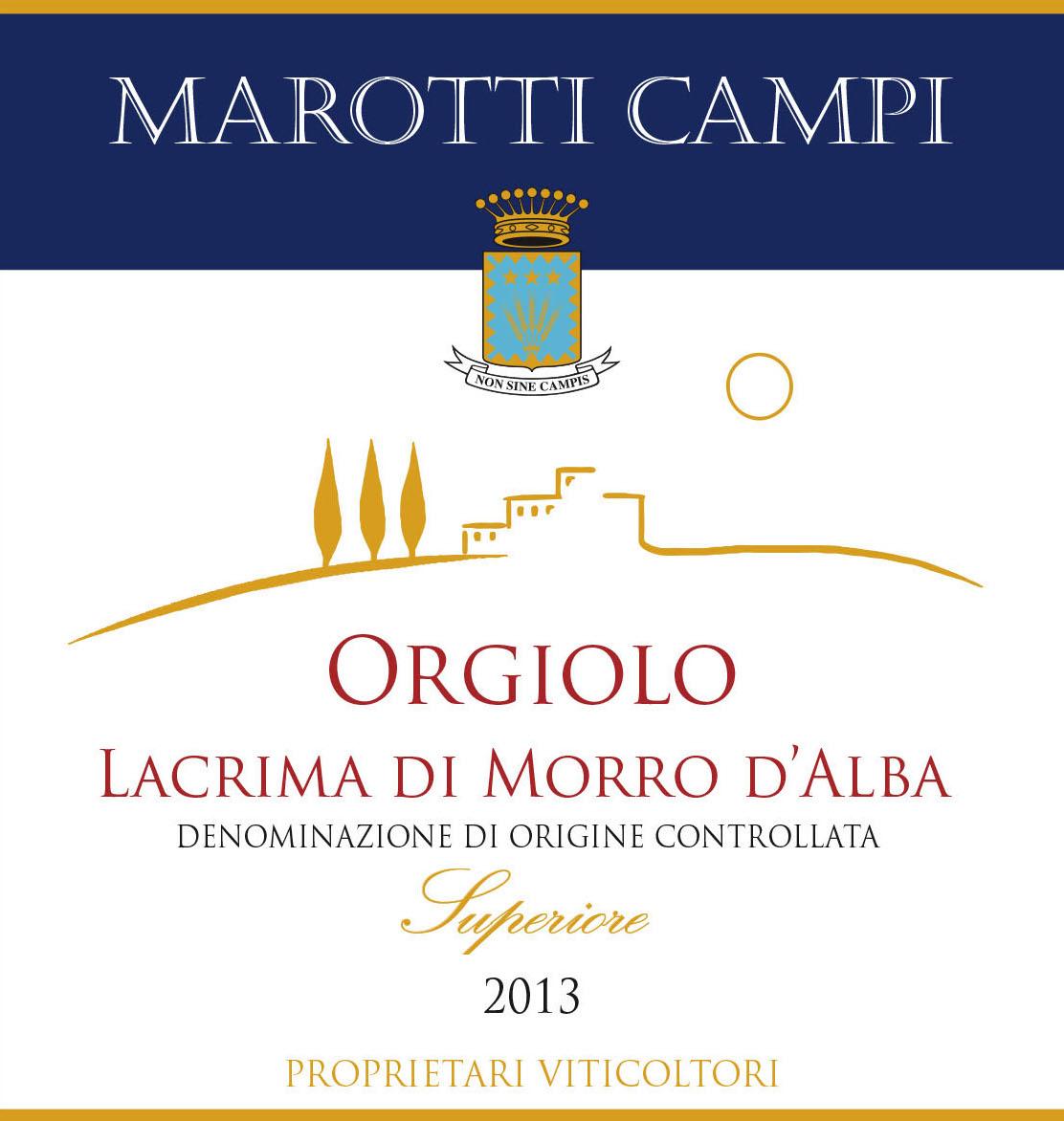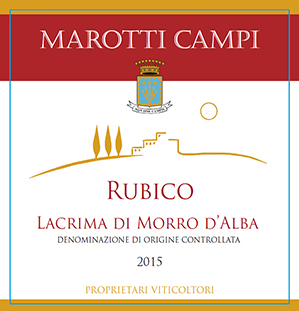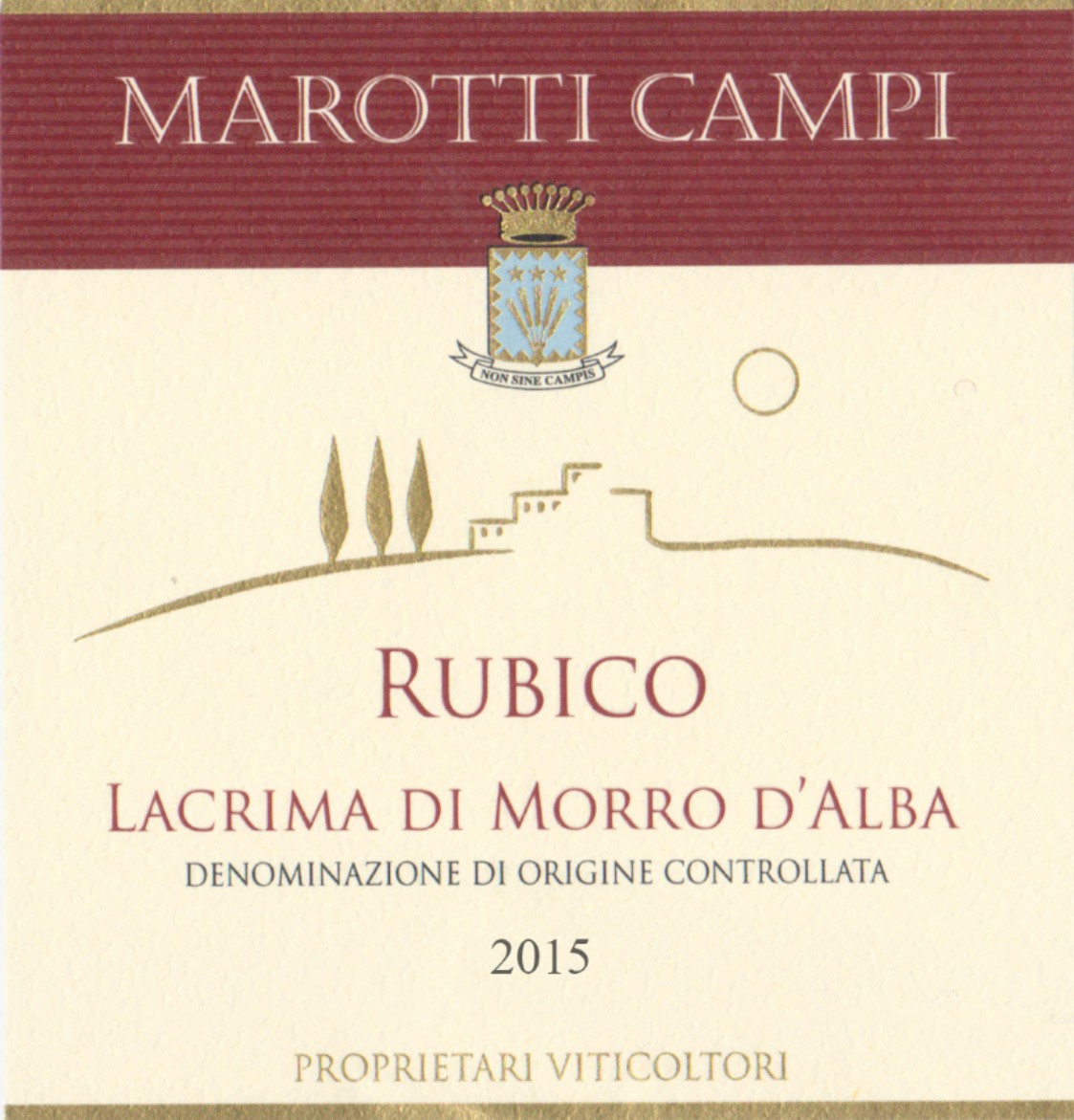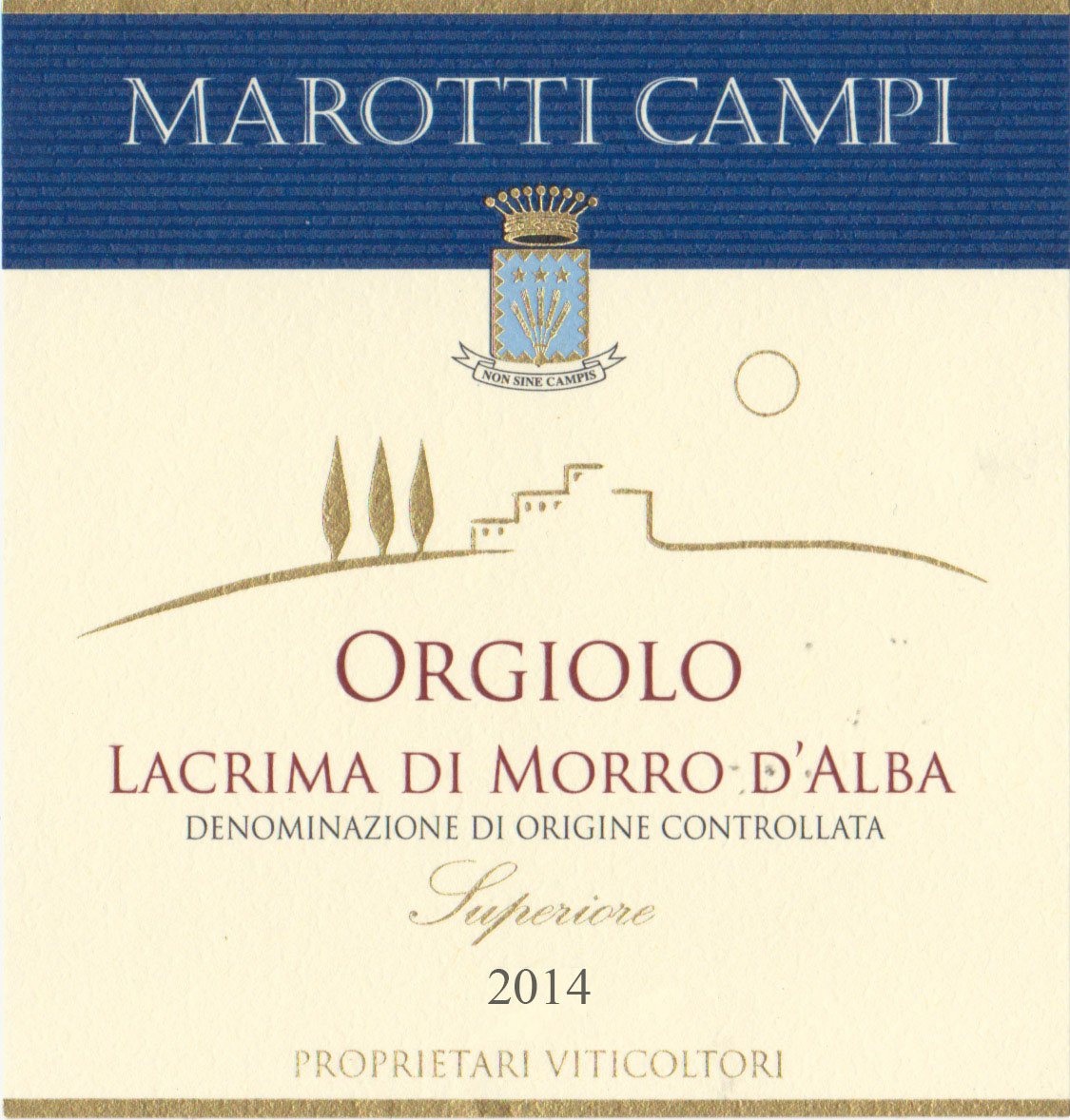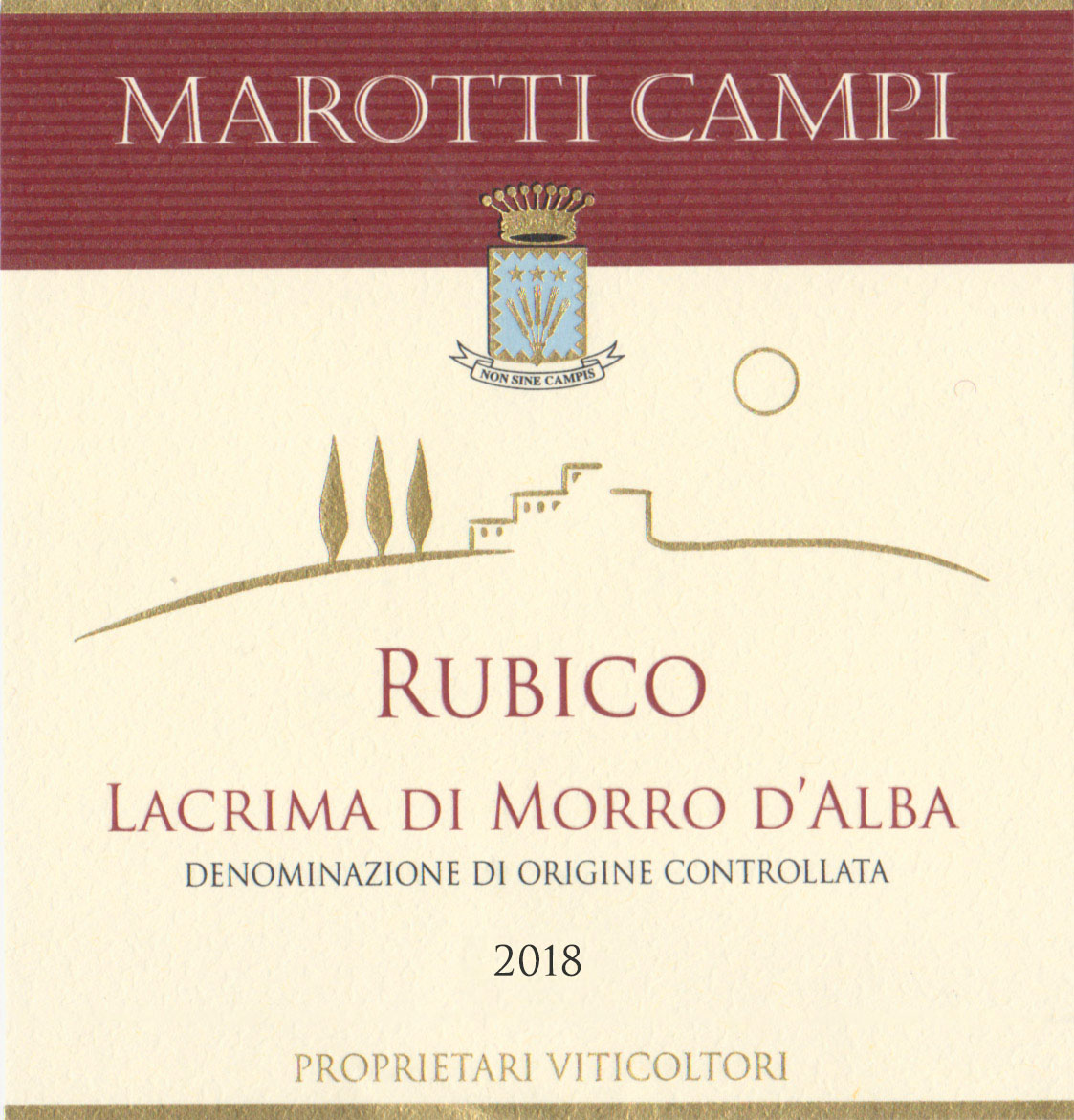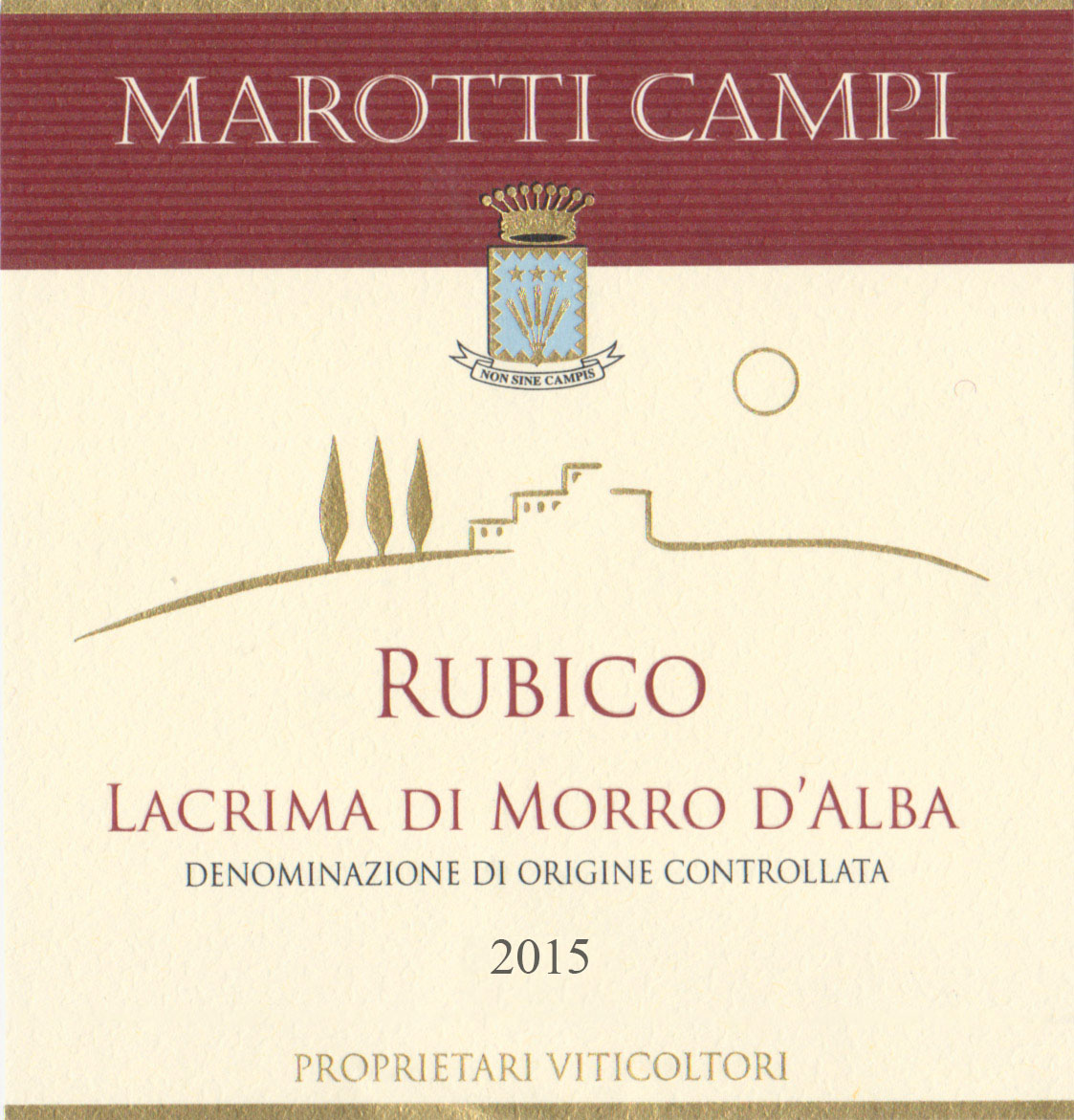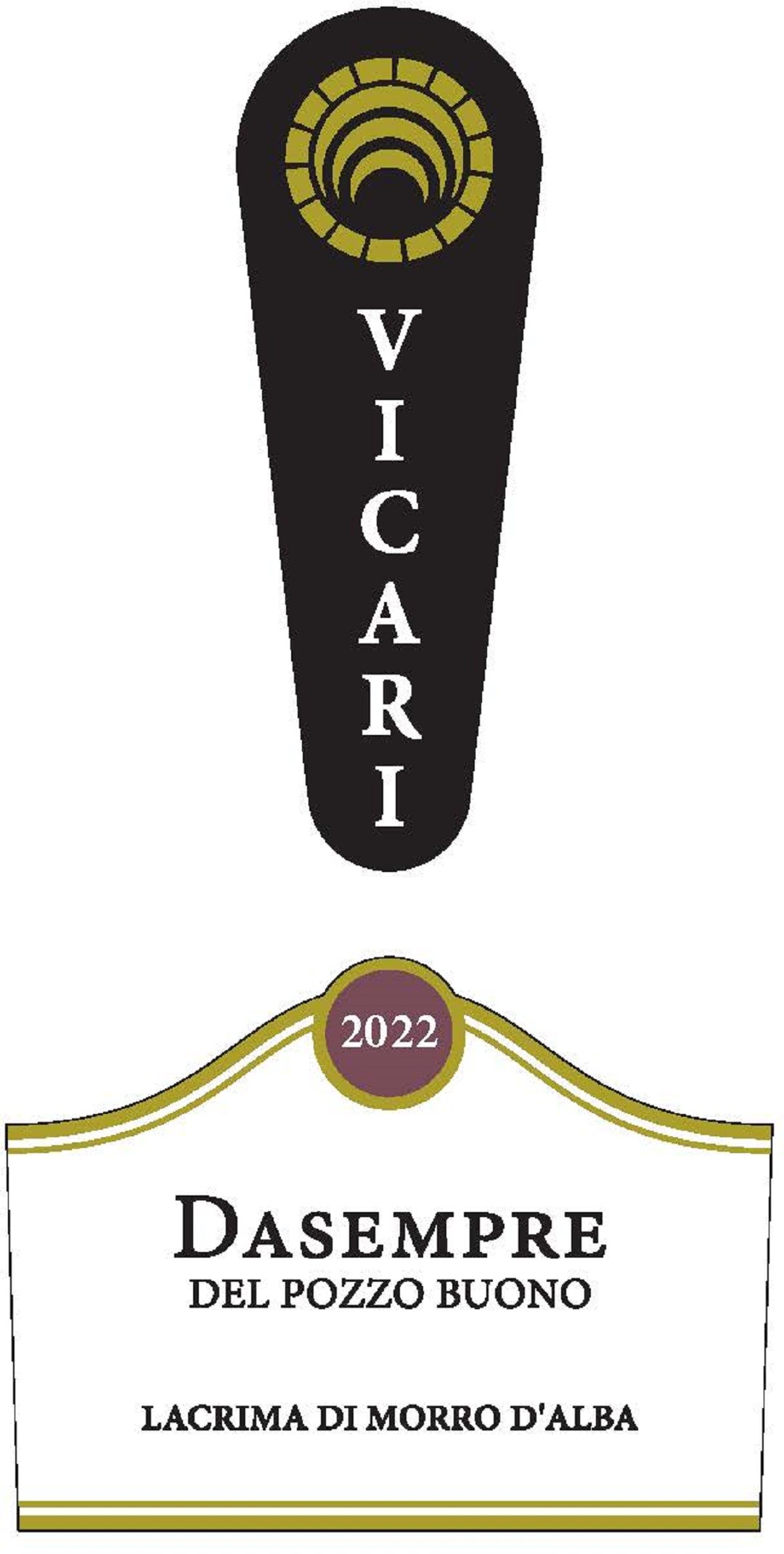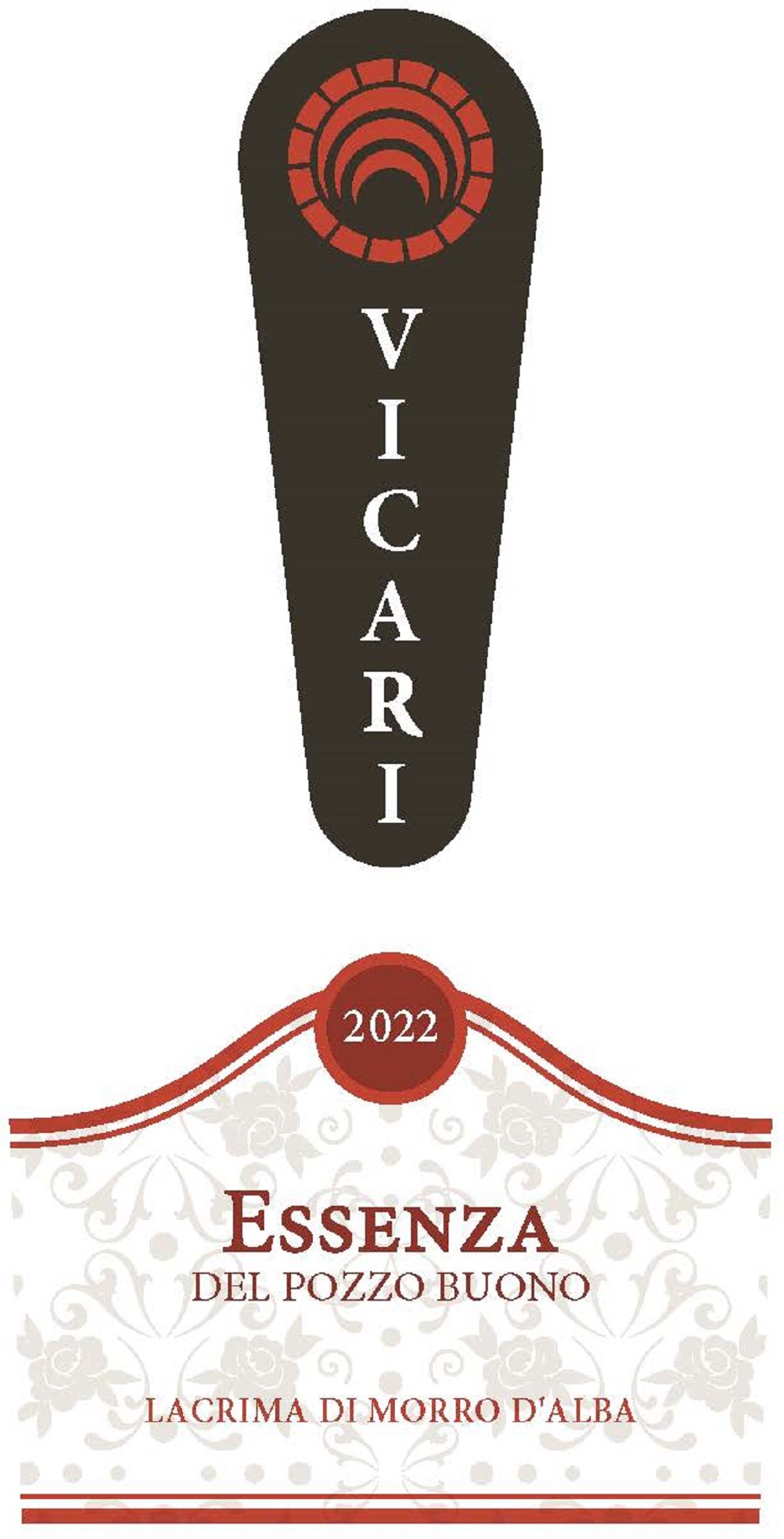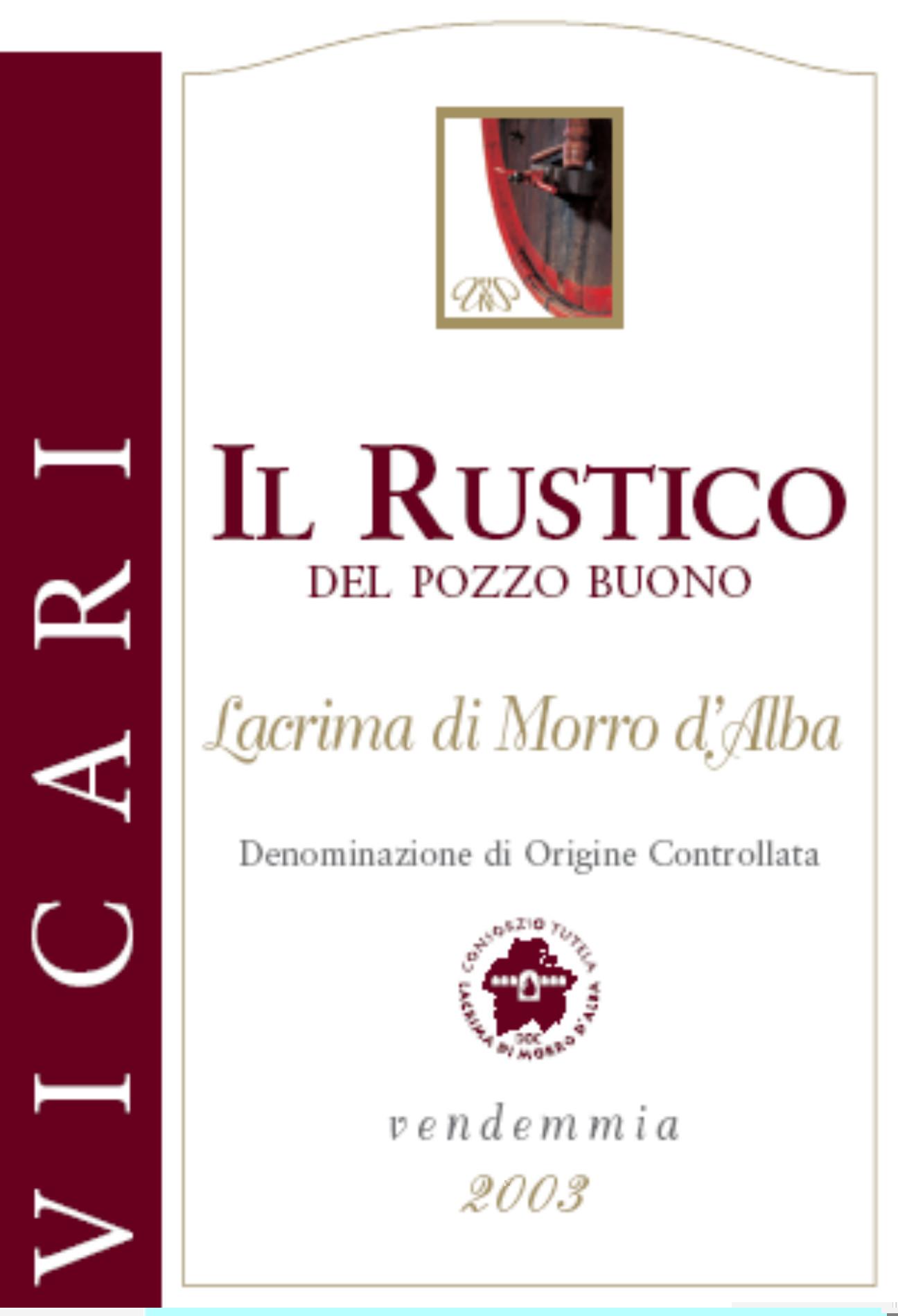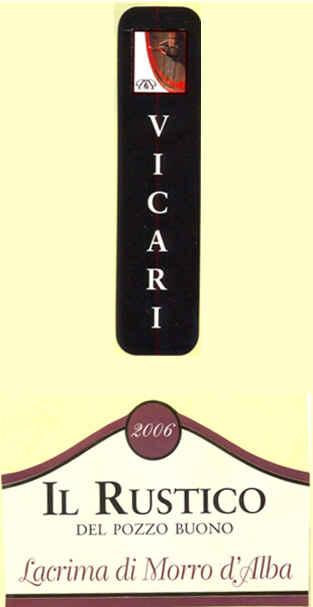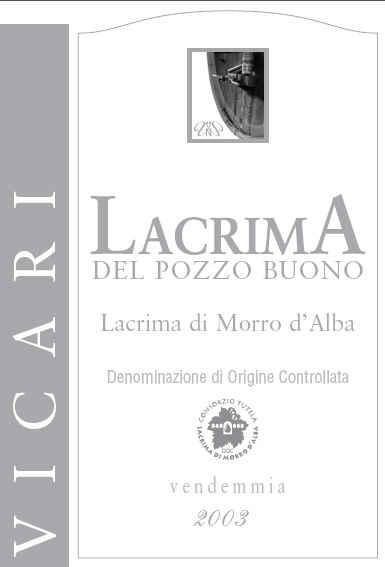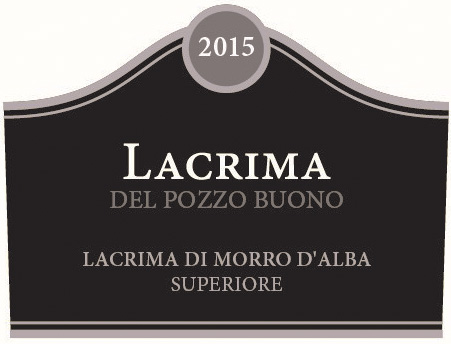Terroir of Lacrima di Morro d'Alba
The vineyards of Morro d’Alba lie on gentle hills, with elevations from 100 to 300 meters above sea level, just inland from the Adriatic Sea. These south and west-facing slopes capture plenty of sunlight, which helps the grapes ripen and promotes airflow to avoid frost pockets.
The Mediterranean climate has warm, dry summers and mild winters. Breezes from the Adriatic Sea keep temperatures moderate and preserve grape acidity. Most rainfall happens in spring and autumn, with late spring frosts occasionally threatening early-budding Lacrima grapes.
The soil is a mix of clay and calcareous marl, layered over marine-origin limestone and sandstone. Some areas have 'terrarossa' adding a tint. The well-drained, moderately fertile soils naturally limit vine growth, concentrating flavors and contributing to Lacrima’s unique aromatic profile.
Notable Wineries in Lacrima di Morro d'Alba
The Morro d'Alba region in Italy's Marche is a treasure trove of small, family-operated wineries and a few cooperatives, all dedicated to the Lacrima grape. This unique grape, known for its floral and fruity character, finds its finest expressions here:
-
Marotti Campi (Morro d’Alba): Celebrated for estate-grown Lacrima that’s both aromatic and well-balanced.
-
Stefano Mancinelli (Morro d’Alba): Offers pure, fragrant Lacrima, showcasing the grape's potential.
-
Lucchetti (Morro d’Alba): Renowned for intensely floral Lacrima with a fresh, crisp profile.
-
Tenuta San Marcello (San Marcello): Crafts Lacrima with clarity and depth near the coast.
-
Vicari (Morro d’Alba): A family-run estate producing traditional, varietal Lacrima in various styles.
Visitors to the region will find a warm welcome and impressive wines from these passionate producers.
Sustainable Winemaking in Lacrima di Morro d'Alba
The Morro d'Alba region in Italy's Marche is making strides in sustainable wine production, with a focus on eco-friendly practices that preserve its breathtaking landscape. Embracing organic and biodynamic farming, vineyards here prioritize soil health by using cover crops and compost, reducing reliance on synthetic fertilizers. Integrated pest management techniques, such as encouraging beneficial insects, reflect the growers’ commitment to the environment.
Water stewardship is crucial, with dry-farming being a popular choice due to the region's sufficient seasonal rainfall. Wineries are also optimizing water use by recycling and refining cleaning processes. Energy-conscious initiatives are evident as solar panels become more common, while grape pomace is repurposed into compost or distilled. These practices not only enhance wine quality but also ensure that Morro d'Alba remains a vibrant hub for the unique Lacrima grape, preserving its aromatic legacy for future generations.
Wine Tourism in Lacrima di Morro d'Alba
Wine tourism in the Morro d'Alba region offers a rich, immersive experience centered around the unique Lacrima grape. Visitors can explore the vineyards that grace the rolling hills, benefitting from the Mediterranean climate and well-drained soils that enhance the grape's aromatic profile.
-
Guided Cellar Tours: Engage with local wine stories while tasting different Lacrima styles.
-
Village Exploration: Stroll through the charming streets of Morro d'Alba, with views of the Adriatic Sea.
-
Culinary Pairings: Local eateries offer wine pairings with regional delicacies like cured meats and pecorino cheese.
-
Festivals and Events: Participate in local wine weekends celebrating Lacrima and Marche's culinary delights.
-
Outdoor Adventures: Hiking and cycling trails weave through vineyards, with nearby beaches providing a perfect mix of activities.



